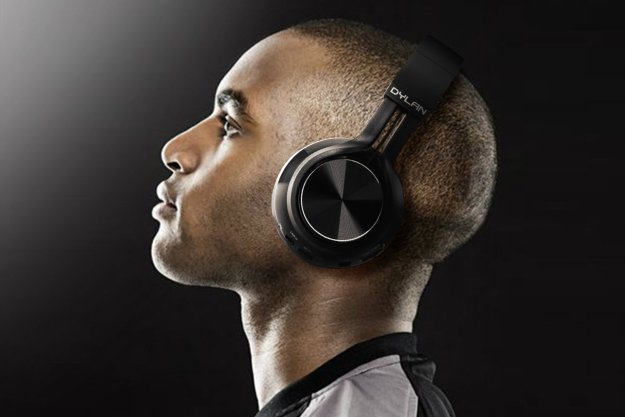High-resolution audio, hi-res audio, or even HD audio -- whatever you decide to call it (for the record, the industry prefers "hi-res audio"), it's a catch-all term that describes digital audio that goes above and beyond the level of sound quality you can expect from a garden-variety MP3 file and even CDs. It was once strictly the domain of audiophiles, but now that major streaming music services like Apple Music, Amazon Music, Tidal, Deezer, and Qobuz have embraced it, almost everyone can take advantage of what hi-res has to offer.
But what exactly is hi-res audio? What equipment do you need to listen to it? Where can you download or stream it? And does it actually sound better? We've got the answers.
What does the term 'hi-res audio' mean?



Taylor Swift is a chameleon, and fans just can’t get enough. It’s been a busy week for the pop princess, who proved that she can be both a cover girl for Vogue and an emo princess in a new Apple Music ad in the space of just a few days. On Monday, the singer/songwriter released her second Apple Music ad on her social media channels, and while this one looks a lot less painful than her tumble off a treadmill, it’s every bit as energetic. Showcasing her signature dance moves (or lack thereof) and her infectious good humor, the star rocks out to Jimmy Eat World in the ultimate tween throwback.
Related: Explore the world of iPhones. See which device is right for you
In the ad, Swift is looking for some tunes to get her in the going-out mood, whereupon she stumbles upon the classic The Middle, and exclaims, “Oh my God I love this song, I used to listen to this in middle school!” After that, the signature red lipstick goes on, and the unabashed lip syncing begins.
It’s the second ad in about as many weeks that the star has released on behalf of Apple, a company that once appeared to be the artist’s arch nemesis. Just a year ago, Swift was one of the foremost critics of then-fledgling Apple Music, taking issue with their refusal to pay artists during its three-month free trial period. When Swift released her hit album “1989,” she refused to allow Apple to stream her latest work, keeping in line with her critique of free music streaming. She also removed the album from Spotify for the same reason.
Following both Swift’s protest and that of indie musicians (who would’ve been affected far more from a financial standpoint by Apple’s refusal to pay royalties), the Cupertino-based company finally caved, and decided to pay record labels 0.2 cents (that’s $0.002) per free stream.
While that may sound like an insubstantial amount, it’s about the same as Spotify’s rate for artists featured on its free tier, and apparently, it was enough to not only close the chasm between Apple and Swift, but to allow for a fruitful partnership. Swift’s enormous influence and sizable social media presence is certainly helping get the word out when it comes to Apple, and the partnership suggests that she’s now comfortable with the way in which the tech giant is compensating artists.